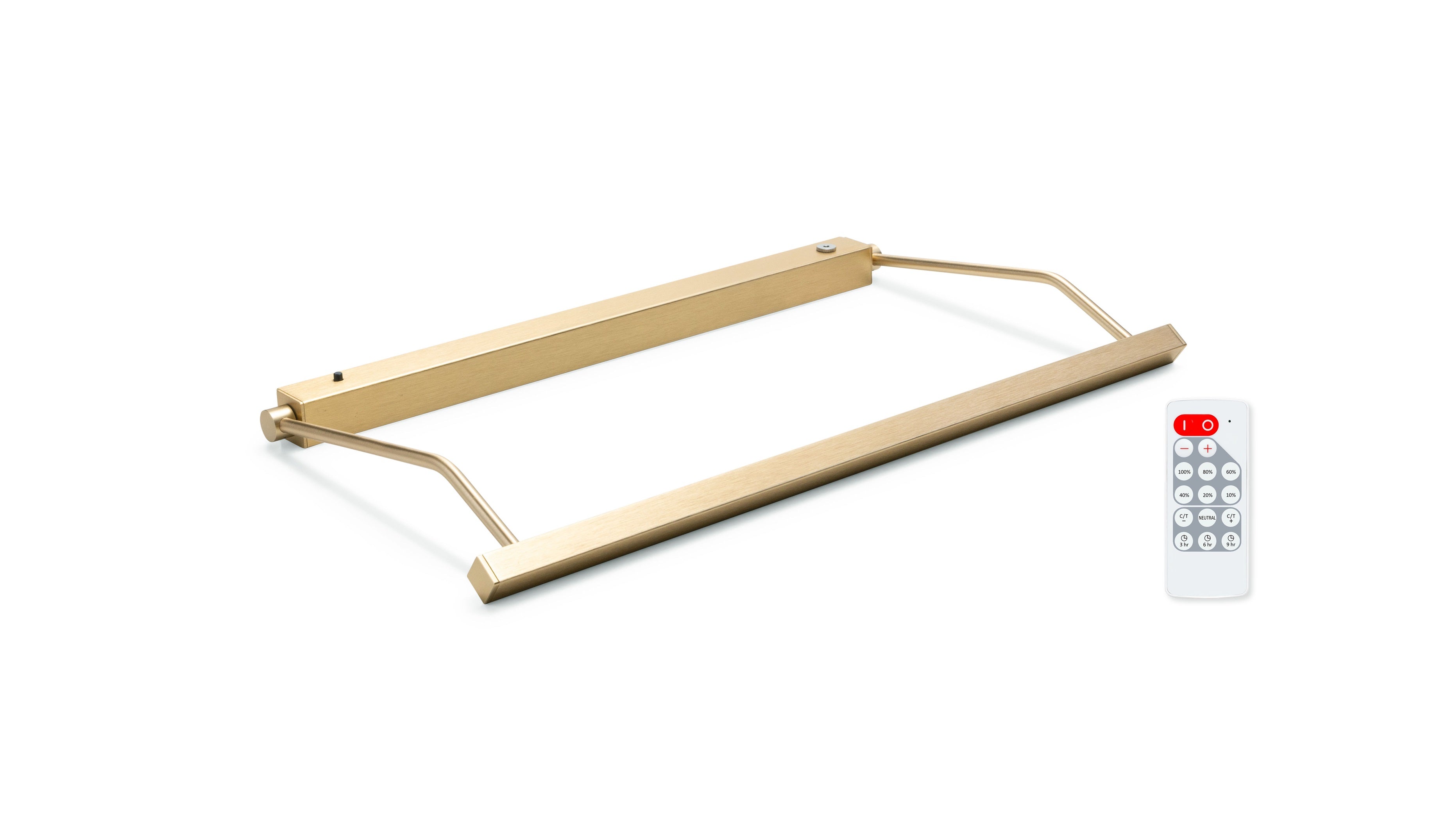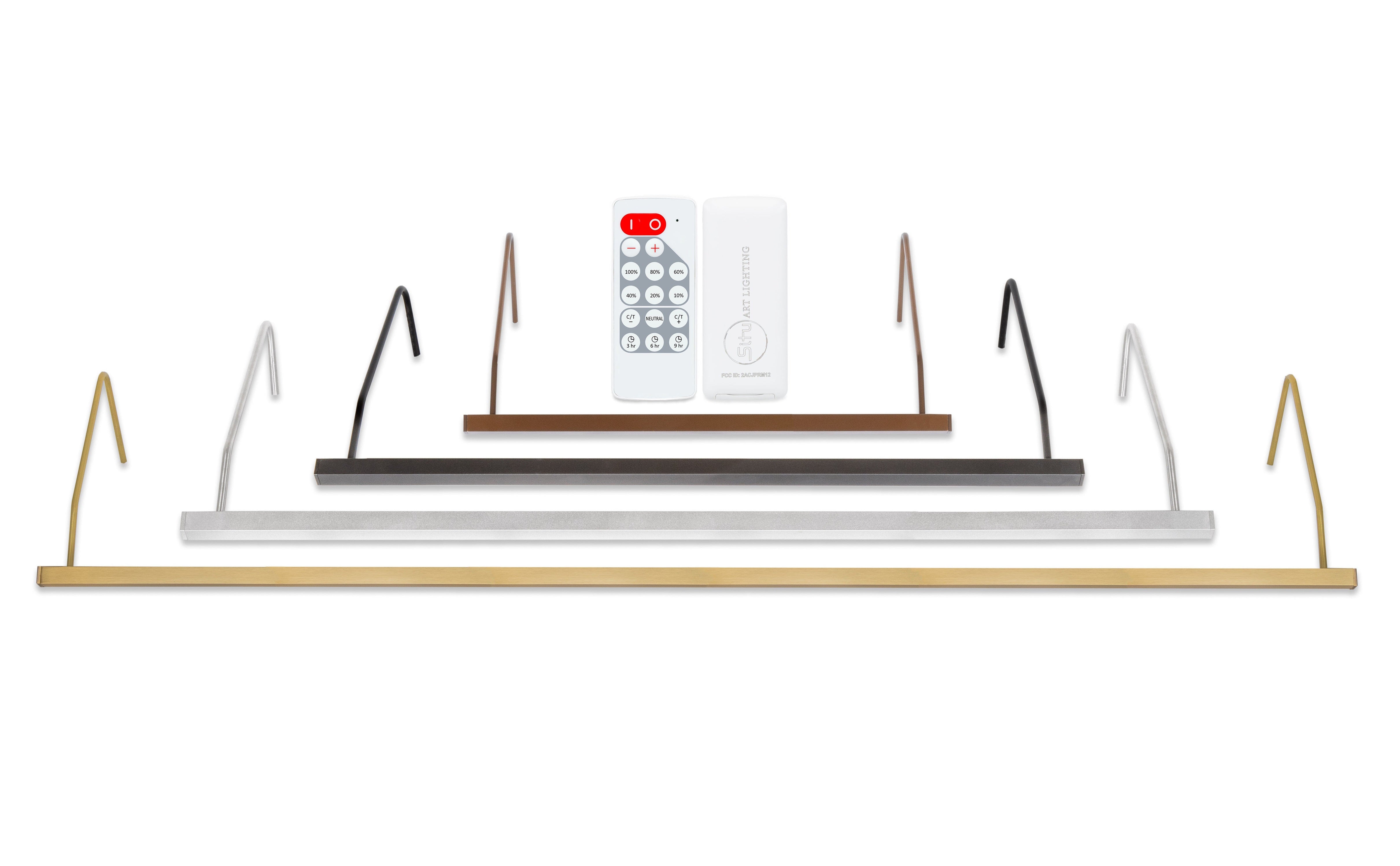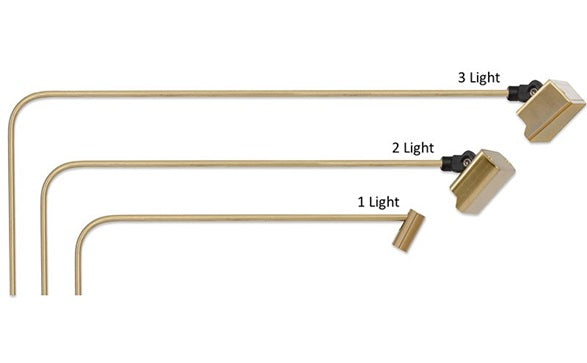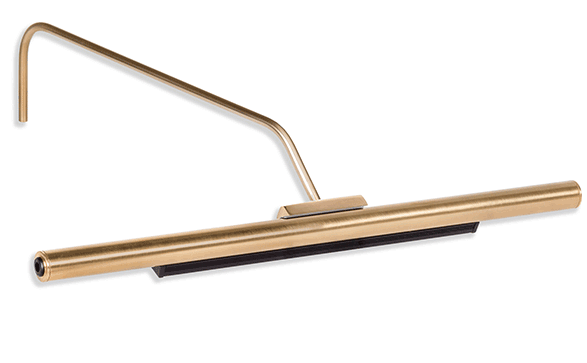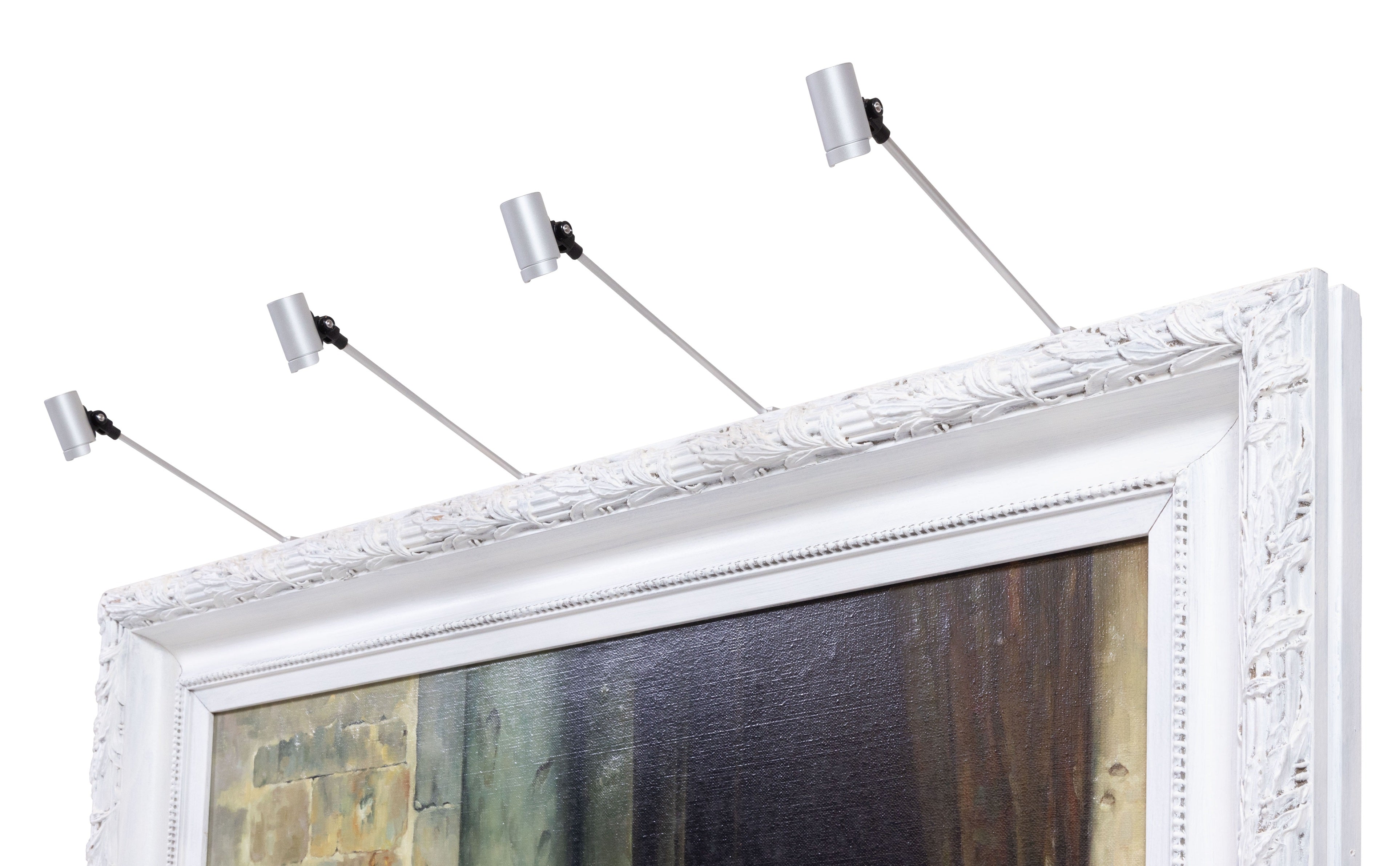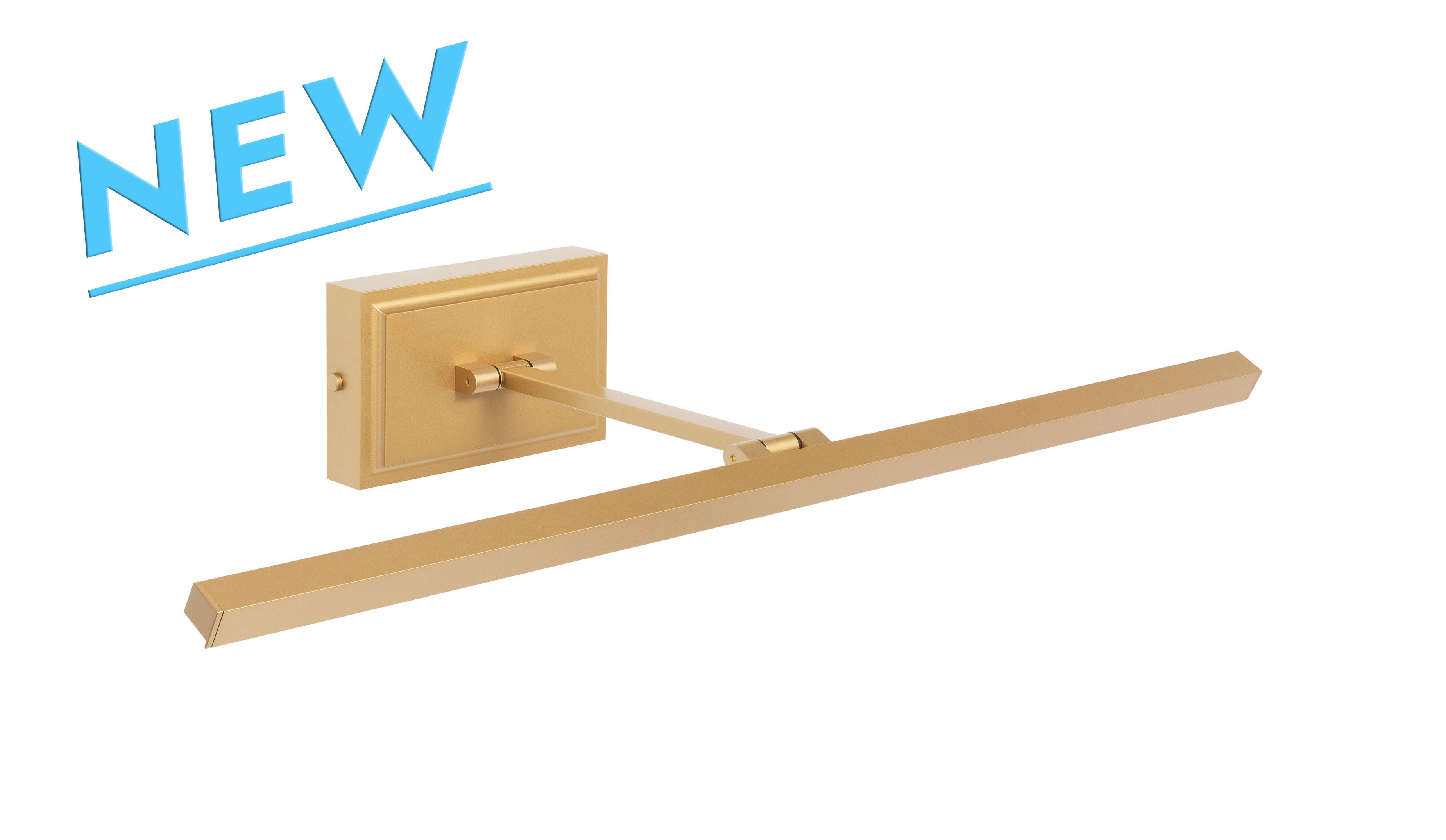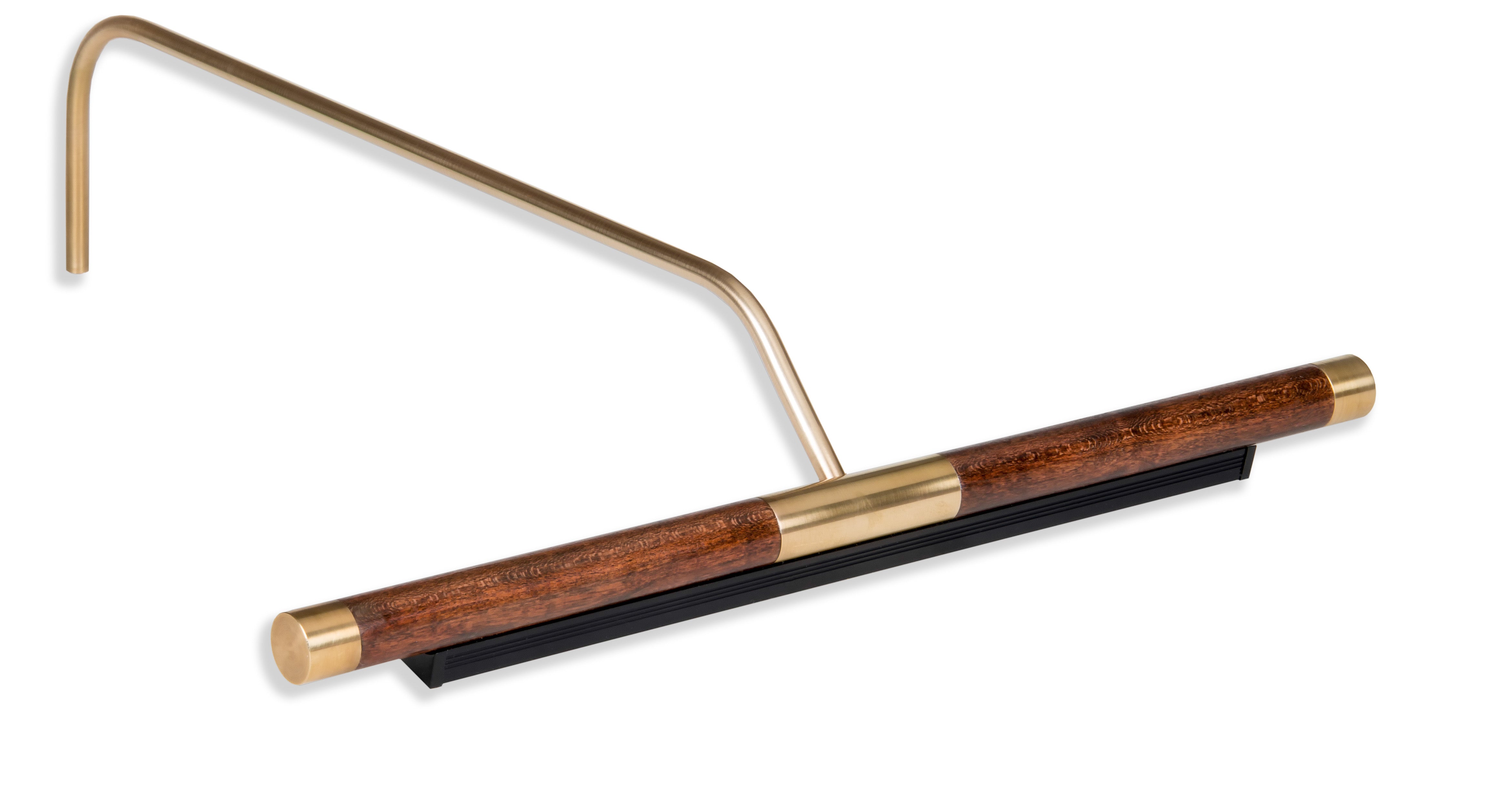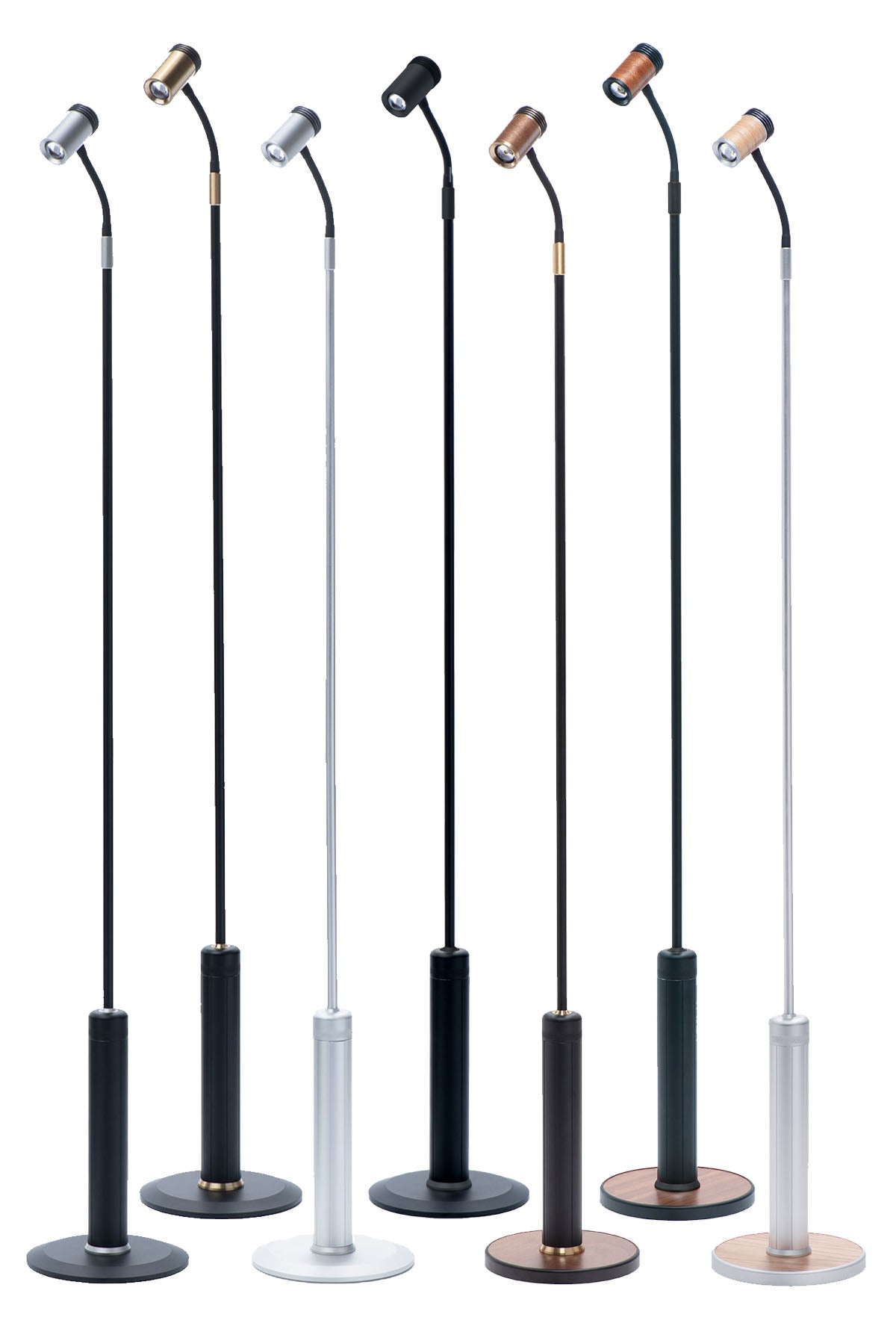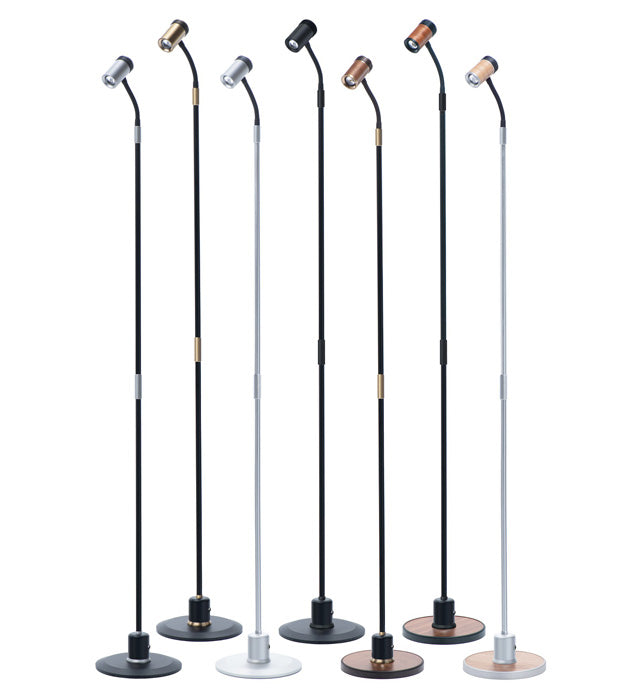“Museum quality” glass, also known as anti-glare or non-reflective glass, is designed to reduce the glare caused by ambient light. While “museum quality glass” is sold under many different names and manufactured by several different companies, the following discussion may be applied to all variations.
“Museum quality” glass attempts to achieve this non-glare claim by employing special coatings or treatments on the surface of the glass that help to scatter or diffuse incoming light, thereby minimizing reflections. Oftentimes the material is not glass at all, but a plastic substitute. This makes it easier for viewers to avoid distracting reflections from the surrounding environment, such as ceiling lights or windows, but unfortunately may provide lower clarity of the artwork itself. It’s also important to note that “museum quality” glass comes with a high cost that often surpasses that of the frame itself, while not always meeting the promise of the anti-glare qualities.
-
What Is Museum Quality Glass?
Anti-glare glass (often plastic) that reduces ambient reflections but may lower clarity.
-
Does It Prevent Glare from Art Lights?
-
Light Direction: Less effective with direct light.
-
Light Intensity: Strong art lights can overpower its anti-glare properties.
-
Quality Variance: Lower-quality options may add haze, reducing clarity.
-
How to Reduce Light Glare:
-
Adjust fixture height
-
Shorten fixture arm
-
Lower artwork
-
Use uplighting
-
Remove glass
-
Is It Worth It?
Museum quality glass helps with ambient glare but may not solve glare from art lights. Many users find better results with proper fixture and artwork positioning.
Will Anti-Reflective Glass Prevent Glare?
When it comes to glare from an art light, “museum quality” glass may have limited effectiveness. Here’s why:
1. Direction of Light:
The anti-glare coating on “museum quality” glass is more effective in reducing reflections from light coming at oblique angles or from multiple different directions. When an art light is directly pointed at the artwork, the light falls more perpendicularly onto the glass surface. In such cases, the anti-glare properties of the glass may not be as effective, and some glare or reflections are still likely.
2. Intensity of Light:
Art lights are often required to be quite powerful to properly illuminate the artwork. The intensity of the light can overpower the anti-glare properties of the “museum quality’ glass, leading to more pronounced reflections or glare.
3. Type of Glass:
Not all of these low glare materials are created equal. Some types of “non-reflective” glass have better anti-glare properties than others. Cheaper or low-quality options might not perform as well in mitigating glare from art lights. Additionally, most of these products impart a haziness and are not as clear as regular glass. This presents a softer view of the artwork and can detract from your enjoyment of the piece. Oftentimes, the material is not glass at all, but a plastic substitute that unfortunately offers lower acuity.
How to Remove Light Glare from Picture Lights
To mitigate glare from art lights more effectively, one can employ additional techniques, such as:
1. Adjusting the fixture higher relative to the artwork
2. Shortening the arm of the fixture
3. Lowering the artwork
4. Using the fixture as uplighting
5. Removing the glass
Is "Museum Quality" Glass Worth It?
While “museum quality” glass is a valuable tool to minimize ambient glare and improve the viewing experience of artwork, it may not be a comprehensive solution for mitigating glare from picture lights. After significant feedback from customers with experience with these products, we find that most aren’t pleased with the result and regret the expense. A combination of thoughtful lighting design and proper positioning of both the fixture and the artwork can collectively enhance the overall display and viewing experience of your artwork.



